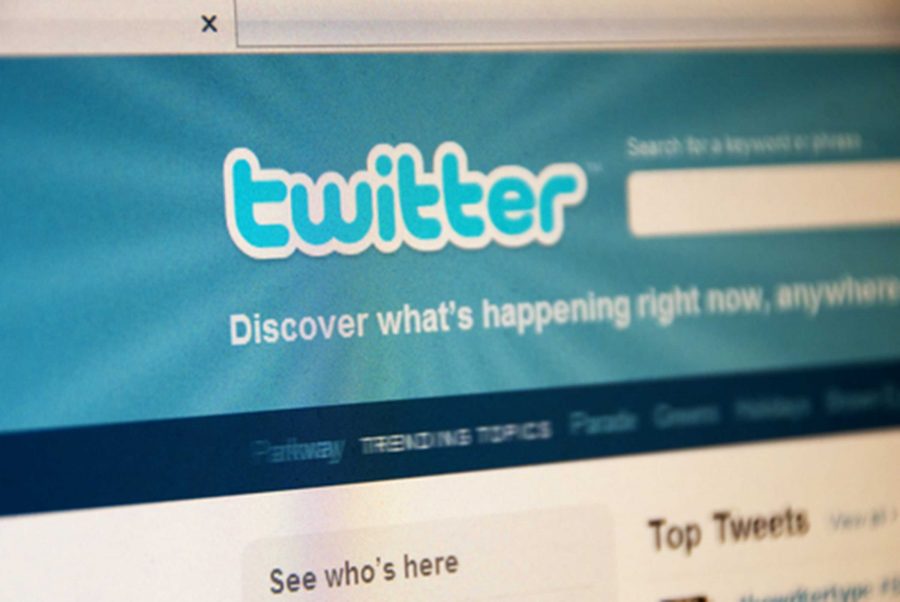On Nov. 3, President Trump’s Twitter account was deactivated for 11 minutes, providing America with a hiatus much overdue. While the 11 minutes of reticence were a nice break from Trump’s customary abundance of tweets, his disappearance from the Twitter-world was short-lived — and ultimately, temporary.
Using Twitter as a medium for communication between the government and the people is a new concept. Founded in San Francisco on March 21, 2006, Twitter quickly gained global traction, becoming one of the top-10 most-visited websites by 2013. When first created, founder Jack Dorsey described the website as “the idea of an individual using an SMS service to communicate with a small group.” Since then, it has evolved into one of the largest international information hubs in history. The New York Times reported that on the day of the 2016 U.S. presidential election, “40 million election-related tweets were sent by 10 p.m. [Eastern Time] on Nov. 8, 2016,” making it the top source for breaking news that day.
Given that Twitter was established 11 years ago, a mere three presidents have been in office since its creation. Furthermore, Twitter had not yet taken off while President George W. Bush was in office, so President Barack Obama became the first president to use the website while in office. He joined Twitter on May 18, 2015, under the now-familiar handle @POTUS. Because of its newness, the ways that Twitter can inform and influence the public is still a mystery to be discovered.
If used correctly, Twitter could become an unparalleled outlet for politicians to connect with their constituents. By being able to shoot out information to millions of people in an instant, the way the government and the public interact could become far more intimate, making it easier for the public to obtain information directly from their leaders. However, with such a direct form of communication and close to no filter, it could also be incredibly dangerous.
RELATED: In their own words: Hawkeyes respond to Trump’s twitter
Trump’s Twitter provokes this type of danger. A collection of impulsive and scattered thoughts, his account has grabbed the attention of celebrities, politicians, and the collective Twittersphere, creating controversy with nearly every 140-character communiqué he fires out. Overlooking the myriad of personal attacks Trump has made on specific public figures, the way he operates his Twitter in general — by insulting those who disagree with him and hiding behind a façade of omniscience — puts U.S. citizens at risk every day.
“Kim Jong-un of North Korea, who is obviously a madman who doesn’t mind starving or killing his people, will be tested like never before,” Trump tweeted on Sept. 22.
Verbally threatening the volatile leader of a country with nuclear capabilities makes America appear to be incredibly foolish and could end catastrophically. Trump’s compilation of rash tweets has caused many countries’ leaders to denounce him. Although his rhetoric and threats themselves are extremely inappropriate for the leader of the free world, the larger problem at hand is that Trump has the capability to make extreme threats to a global audience — at the click of a button.



